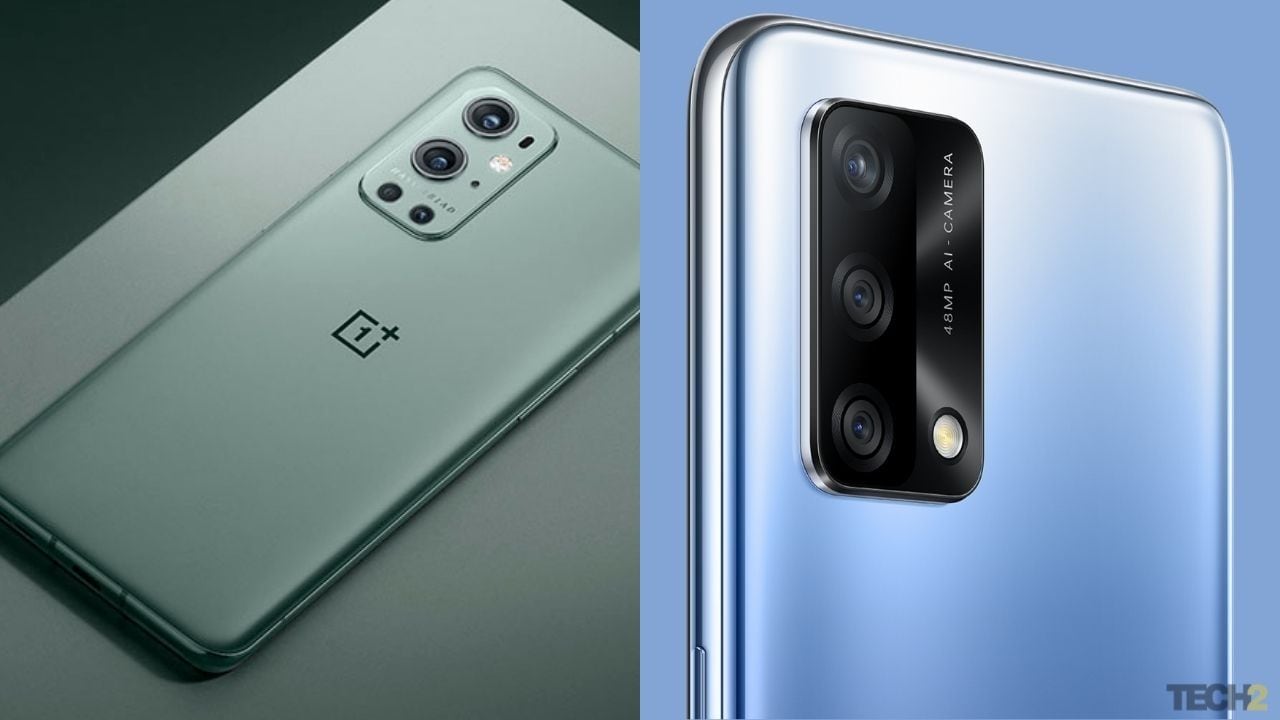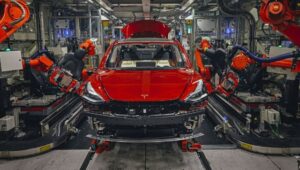tech2 News StaffJun 22, 2021 16:34:07 IST
OnePlus and Oppo are integrating parts of their research and development within OPLUS to “maximise resources”, a move that could see the smartphone brands work more closely in the future. While the companies did not disclose details around the integration, the development is expected to include the R&D teams of Oppo and OnePlus in India as well.
Why have Oppo and OnePlus integrated their R&D?
“To better maximise resources and further position OnePlus for growth, we are in the process of further integrating some R&D capabilities within OPLUS, our long-term investor. OnePlus will continue operating independently and working to deliver the best possible user experience for existing and future OnePlus users,” OnePlus said in an e-mailed statement.
In a similarly worded statement, Oppo said, “in order to enhance customer experience and strengthen service network, OPPO is in the process of further strengthening some R&D teams within our long-term investor OPLUS to better maximise resources”.
Oppo will continue operating independently to deliver the best user experience, it added.
Will the integration have any affect on the Oppo and OnePlus smartphones’ OS?
The integration of Oppo and OnePlus has been rumoured since OnePlus CEO Pete Lau took over the product responsibilities for both companies. However, it has been confirmed that both OnePlus and Oppo will continue to work independently.
Answering a query on OnePlus forum, Lau also confirmed that OnePlus and Oppo will continue to feature OxygenOS and ColorOS respectively, on their smartphones. “OxygenOS will continue to be the operating system for global OnePlus devices outside the Chinese market,” Lau said.

While the companies did not disclose details around the integration, the development is expected to include the R&D teams of Oppo and OnePlus in India as well.
What foes the Oppo and OnePlus R&D integration mean?
Oppo’s R&D team in Hyderabad has over 400 people. Recently, Oppo India had said it is in the process of filing 80 patents and will enhance focus on the development of 5G device ecosystem this year.
Oppo India vice-president and research and development head Tasleem Arif had said that setting up a 5G lab in the country has reduced its dependency on headquarters and other centres of the smart devices firm. He had also indicated that a huge amount of investment for India R&D centre is in pipeline and it will be made as the business grows.
Oppo ranked fifth in terms of smartphone shipment in the country with 10 per cent market share in the September 2020 quarter. Samsung led the smartphone market in the September 2020 quarter with a 24 per cent share, followed by Xiaomi (23 per cent), Vivo (16 per cent) and Realme (15 per cent). The quarter saw the smartphone segment in India rebound after the lockdown to touch an all-time high of 53 million units, according to research firm Counterpoint.
According to Counterpoint Research Associate Director Tarun Pathak, every tech transition has brought in significant changes to the device form factor, especially for smartphones.
“As 5G kicks in, the role of R&D will be critical in gaining a competitive edge when it comes to overall device experience or transition to the new form factor. Integrating R&D will lead to better synergies in the future, especially when they (Oppo and OnePlus) are scaling up R&D presence in a country like India,” he said.
Pathak added that India has a great talent pool, and both brands will look forward to tapping in the talent.
“This could be key to their premium segment growth as well and entering into new CIoT (consumer Internet of Things) categories as well,” he said.
Premium smartphone maker OnePlus’ R&D centre, which is also in Hyderabad, has over 300 employees.
Set up in 2019, the India R&D team has worked on product innovation and software development for the OnePlus 8 Series and OnePlus Nord devices in the past. These include efforts towards camera software development, OxygenOS optimisations, UX/UI (user experience/user interface) design efforts, network optimisation measures, and others,
The key focus areas for OnePlus India”s R&D centre include in-depth kernel knowledge, user experience, 5G, artificial intelligence and camera.
With inputs from PTI










